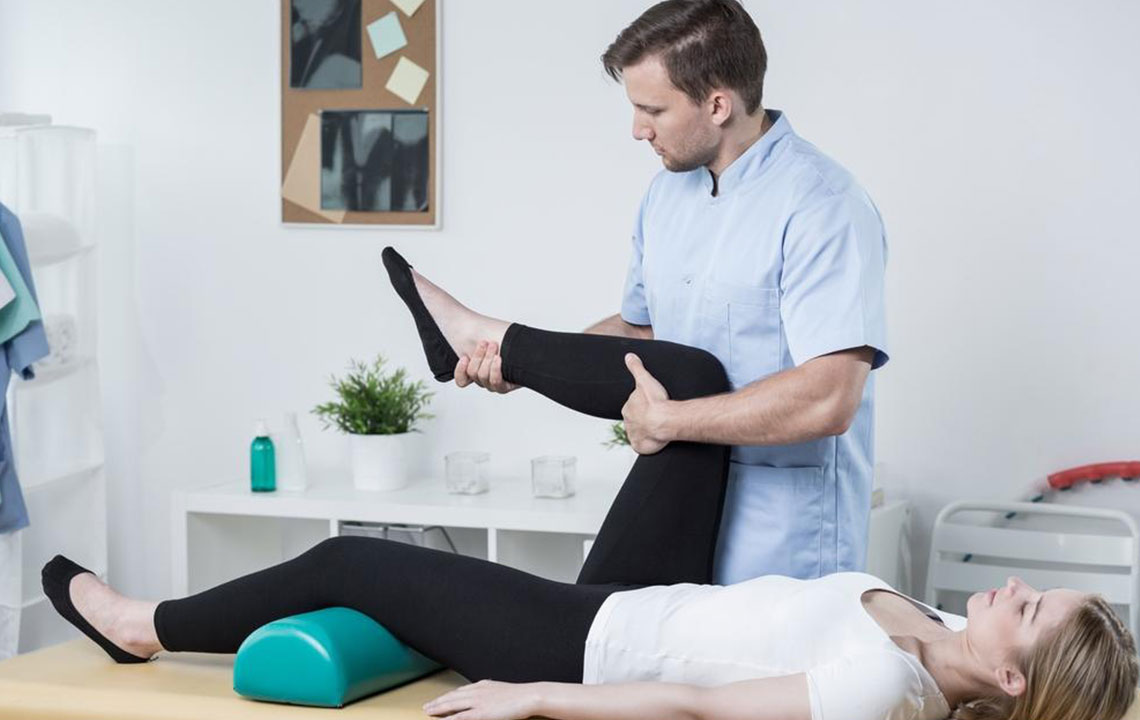Understanding Meniscus Tears: Symptoms and Treatment Options
Discover the symptoms and treatment options for meniscus tears. Learn how to identify signs like pain, swelling, and instability, and explore both non-surgical and surgical approaches to manage this common knee injury. Early diagnosis and care are crucial to prevent complications and ensure full recovery.

The human joints are vital for supporting body structure and posture, especially those in the legs, which enable us to stand and move freely. Over time, wear and tear can impair joint function, leading to pain and discomfort, often caused by physical strain or injuries.
A common issue is a meniscus tear. The meniscus is a cartilage piece in the knee that stabilizes the joint, connecting the bones of the leg. Protecting this area from stress is crucial, but activities like sports, heavy lifting, and twisting movements can cause tears. Wearing a brace can help prevent or manage injuries.
Understanding the causes is key. Sports such as soccer, basketball, and tennis commonly lead to meniscus tears, as can intense physical activities like squatting or weightlifting. Recognizing symptoms ensures prompt treatment.
Severe pain during knee movement
The affected individual may find it impossible to move the knee or leg without pain. Avoid forcing movement and seek medical advice. Using a brace can alleviate discomfort.
Swelling around the knee
Persistent swelling along with pain can be indicative of a meniscus tear.
Knee instability
Damage to the meniscus can cause a feeling of weakness or giving way in the knee, compromising stability. Support braces are recommended.
Stiffness and limited mobility
The tear can restrict leg movement; braces may help facilitate limited motion.
Audible cracking sounds
Cracking or popping noises during knee movement often signal joint issues, especially post-injury.
Treatment options include both non-surgical and surgical approaches. Non-invasive methods involve rest, ice or heat therapy, elevation, and wearing supportive braces. Gentle movement exercises may also help but have limitations.
Surgical procedures, typically arthroscopic, are recommended if conservative treatments fail or if the tear is severe. Proper diagnosis using imaging such as MRI or X-ray is essential. Early intervention is vital to prevent further damage, as the meniscus plays a key role in knee stability and overall mobility.
Always consult a healthcare professional for tailored treatment. Prompt management ensures better recovery outcomes and maintains knee health, preventing complications from untreated tears.










